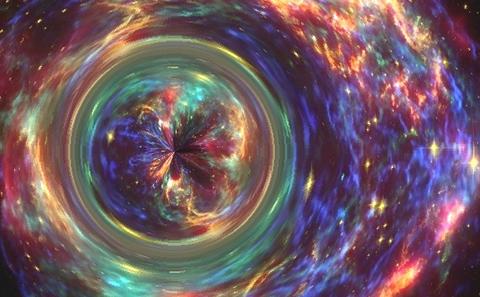Gravity seminar - Silvia Toonen Seminar

- Time:
- 12:45 - 13:45
- Date:
- 22 February 2018
- Venue:
- 54/7033(7C)
For more information regarding this seminar, please email David Tsang at d.tsang@soton.ac.uk .
Event details
The evolution of triple-star systems
Stars are the fundamental building blocks of galaxies and stellar clusters. They are often
formed as part of small stellar systems, such as binaries and triples. Interactions
between the stars give rise to some of the most energetic events in the universe and
most exciting puzzles of modern astrophysics, e.g. supernovae Type Ia explosions and gamma-ray bursts.
While the basic principles of stellar and binary evolution theory have been accepted for a
long time, our understanding of triple-star evolution is lagging behind.
To some extent this is surprising as triples are common in the field.
About 15% of low-mass stellar systems are triples, but for high-mass stars the triple fraction may be higher than 50%.
As triples are often invoked to explain exotic systems which cannot be explained easily by binary evolution, it is important to understand triple evolution better. When & how does the presence of a third star alter the evolution and orbit of the other two stars?
However, modeling triple evolution is a challenge, as it is a combination of three-body dynamics and stellar evolution.
In the past, most studies of three-body systems have focused on purely dynamical aspects without taking stellar evolution into account or vice versa. However, in recent years, the first interdisciplinary studies have taken place which demonstrate the richness of the interacting regime.
In this colloquium, I will give an overview of the evolution of realistic (stellar) triples and I will discuss how triple evolution differs from binary evolution. What are the common evolutionary pathways that triple systems evolve through? I will show how triple evolution can lead effectively to mergers and collisions of compact objects, and show the consequences for gravitational wave sources and supernova type Ia progenitors.
Speaker information
Silvia Toonen, University of Amsterdam, Netherlands.